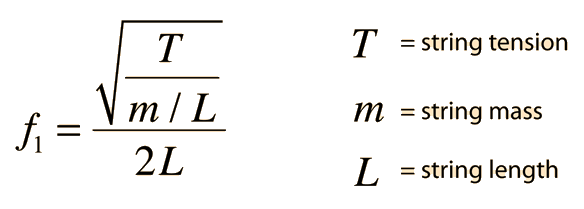The answer is yes. It does work. There's been a lot of discussion around the subject, but really. What's there to discuss? It's not freaking rocket science. Its pure plane physics.
You have a tensioned steel 'string' where the steel itselves has a density of approx. 7.83 g/cm^3. The length can easily be measured, but remember. If the spokes are crossed, the cross can work as clamp-of. For butted spokes, the effective length is the butted part only (add a little). The frequency you want to hear while plucking the spoke is given by the formula:

Using a tensiometer, the actual cross sectional shape of the spoke is very critical. Using pitch, it's only mass and length. My-selves. I do most often use tensiometer for determine the absolute tension, and pitch for relative tension. When in doubt what table to use, I calculate the pitch and take it from there. I've done this several times and later given the tables from manufactures. I've been pretty much spot on every time!! So to you self-proclaimed myth-busters. Sorry guys. It works ;). It's no less accurate than a tensiometer!!
Careful with the units. DYN/cm/grm, Newton/meters/kg or lb/in
You can even take it a bit further. A rev. spoke and a Comp spoke will nearly give the same tone. The mass of the Comp is higher given its larger diameter, but the butted part is shorter. No need to calculate for'em both (unless you want it really accurate).
Tension By Pitch - Does it work?
Lagt inn av
Regular Guest
at
7/26/2007
![]()
Subscribe to:
Post Comments (Atom)

1 comment:
Post a Comment